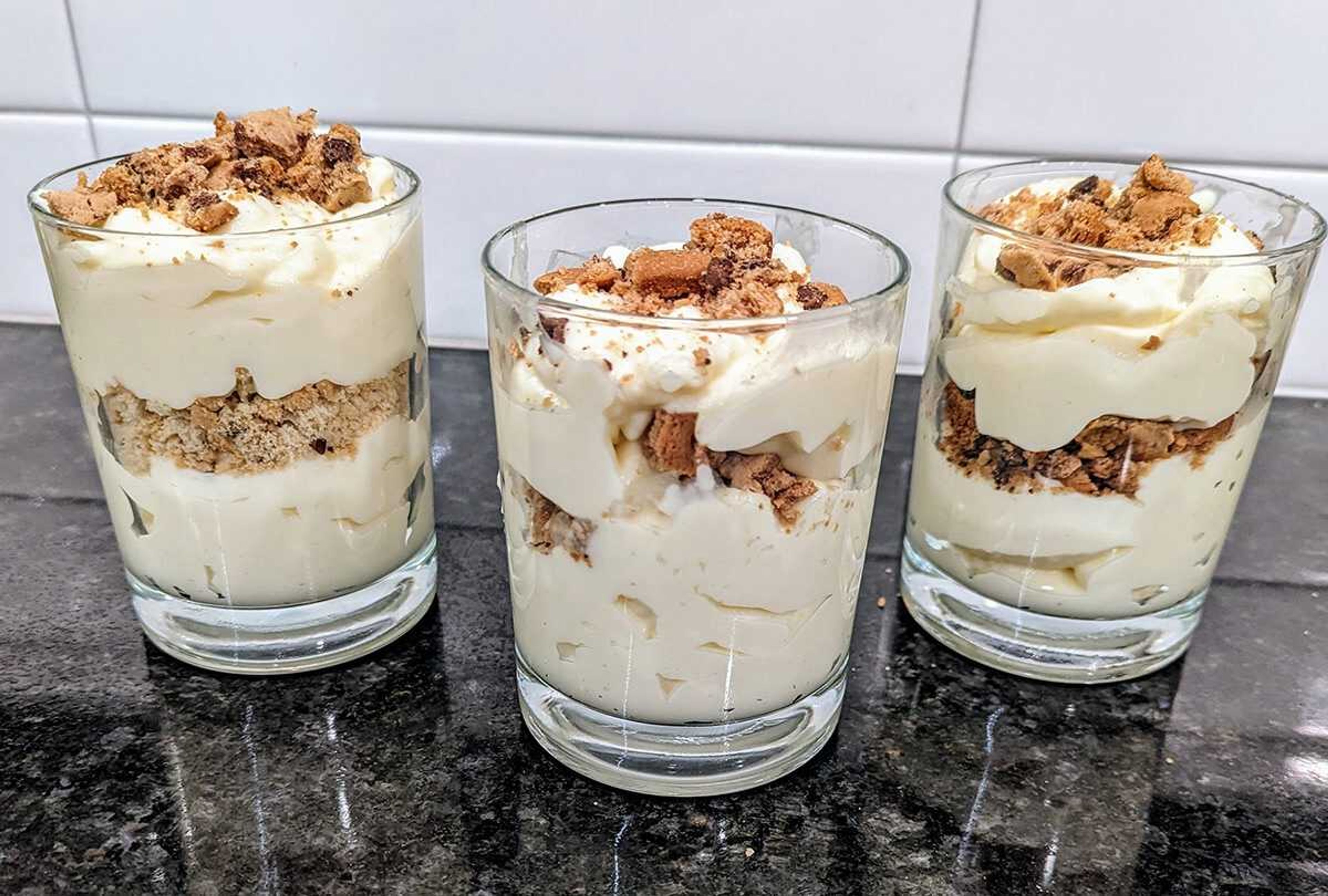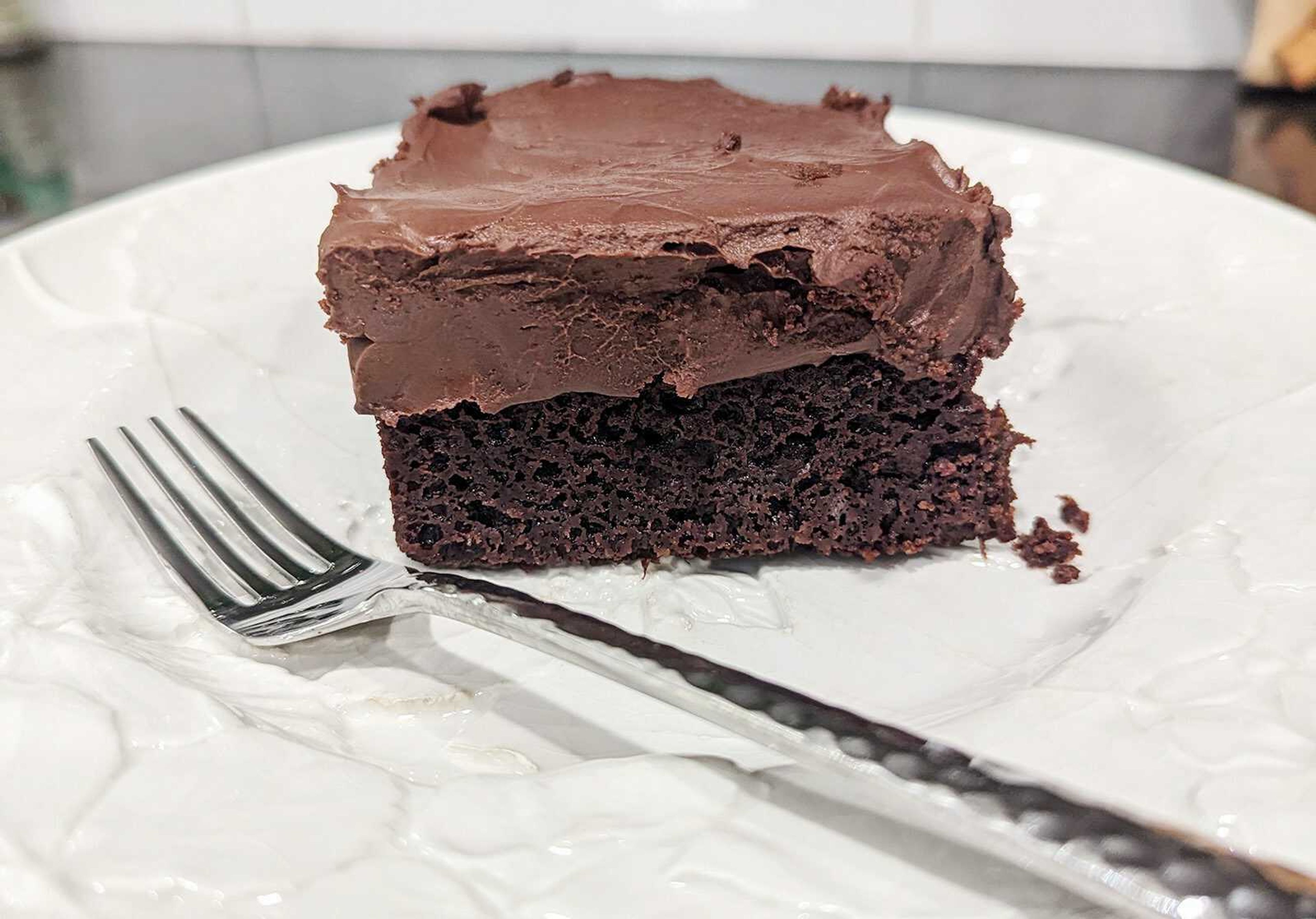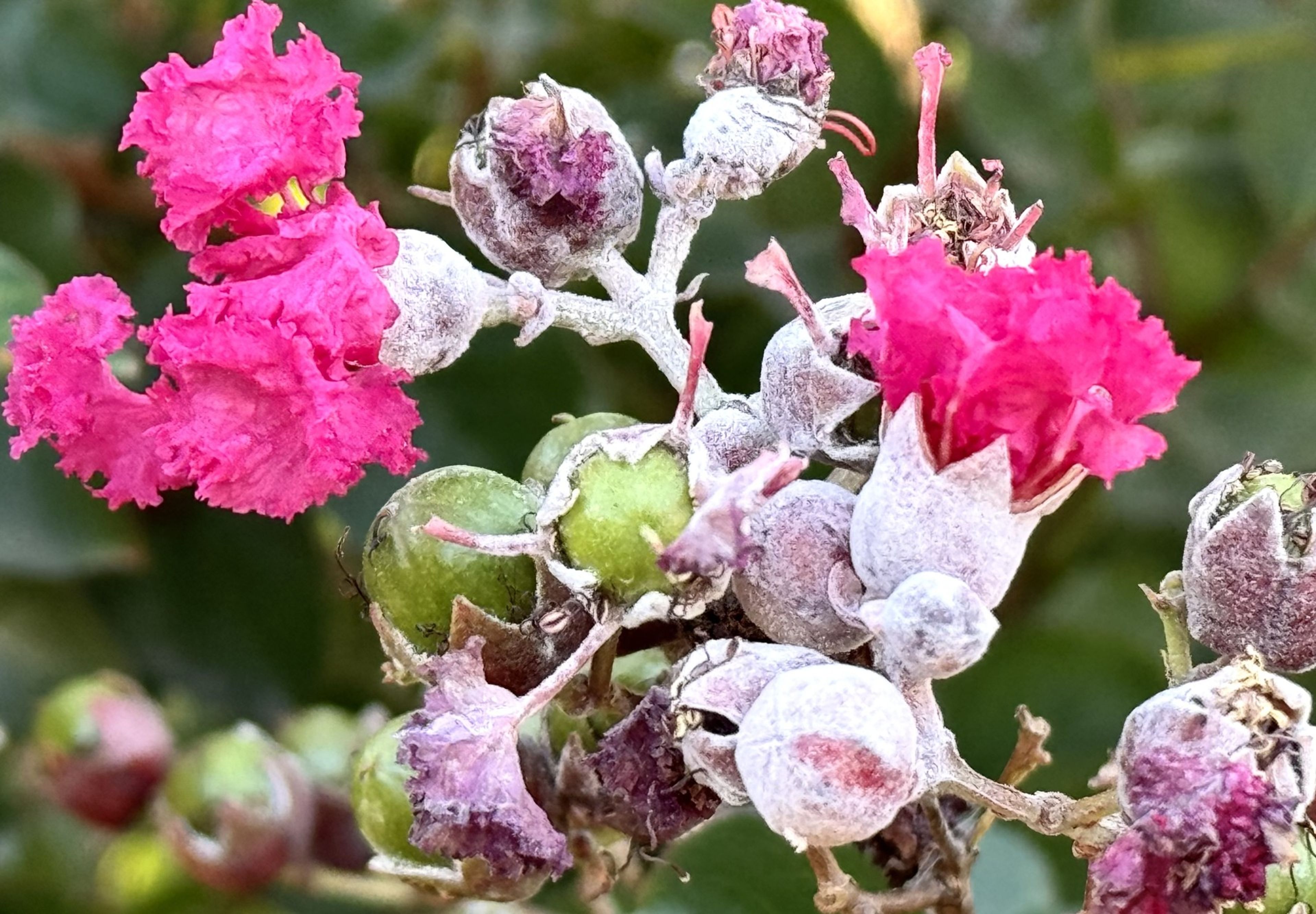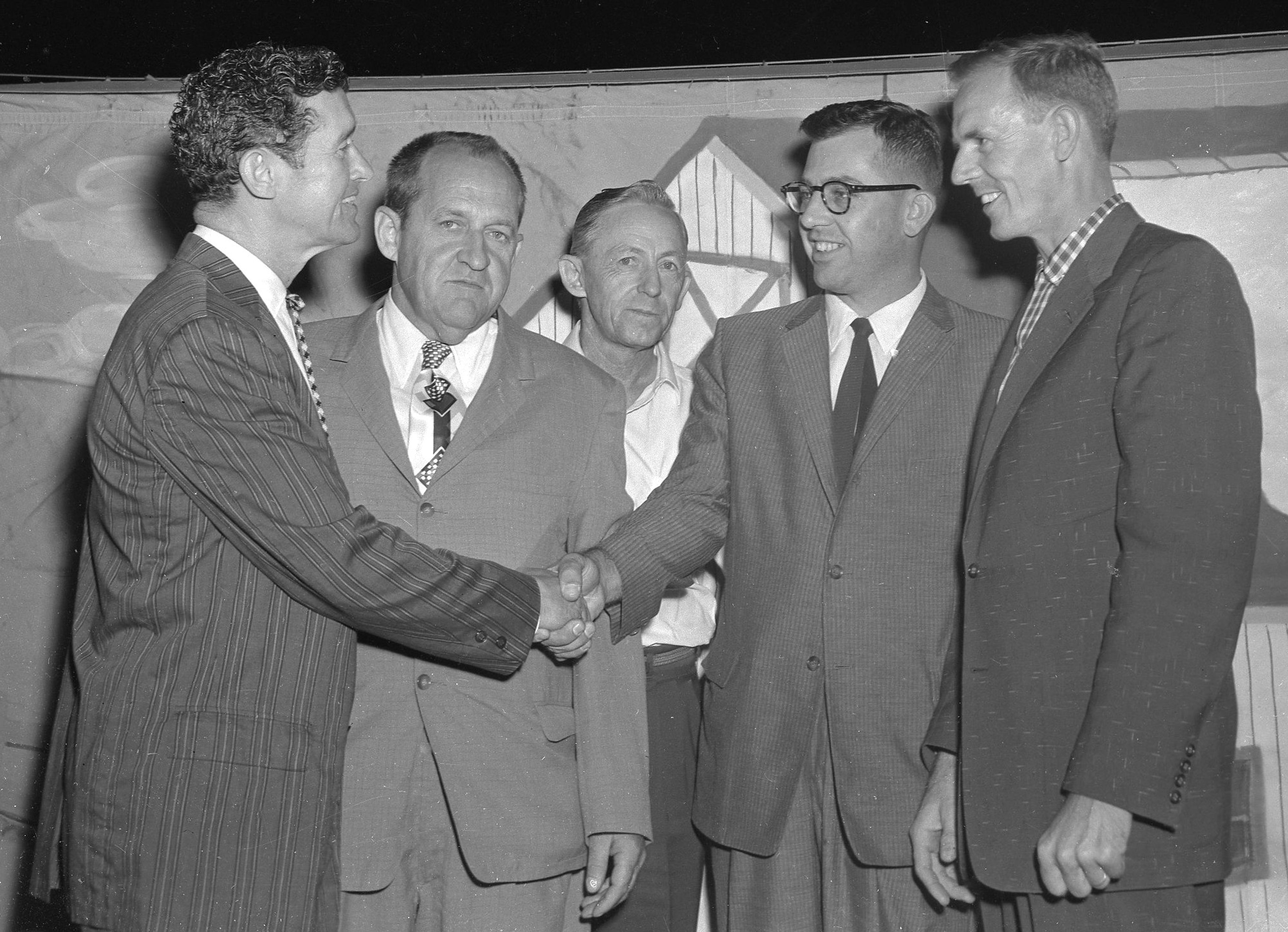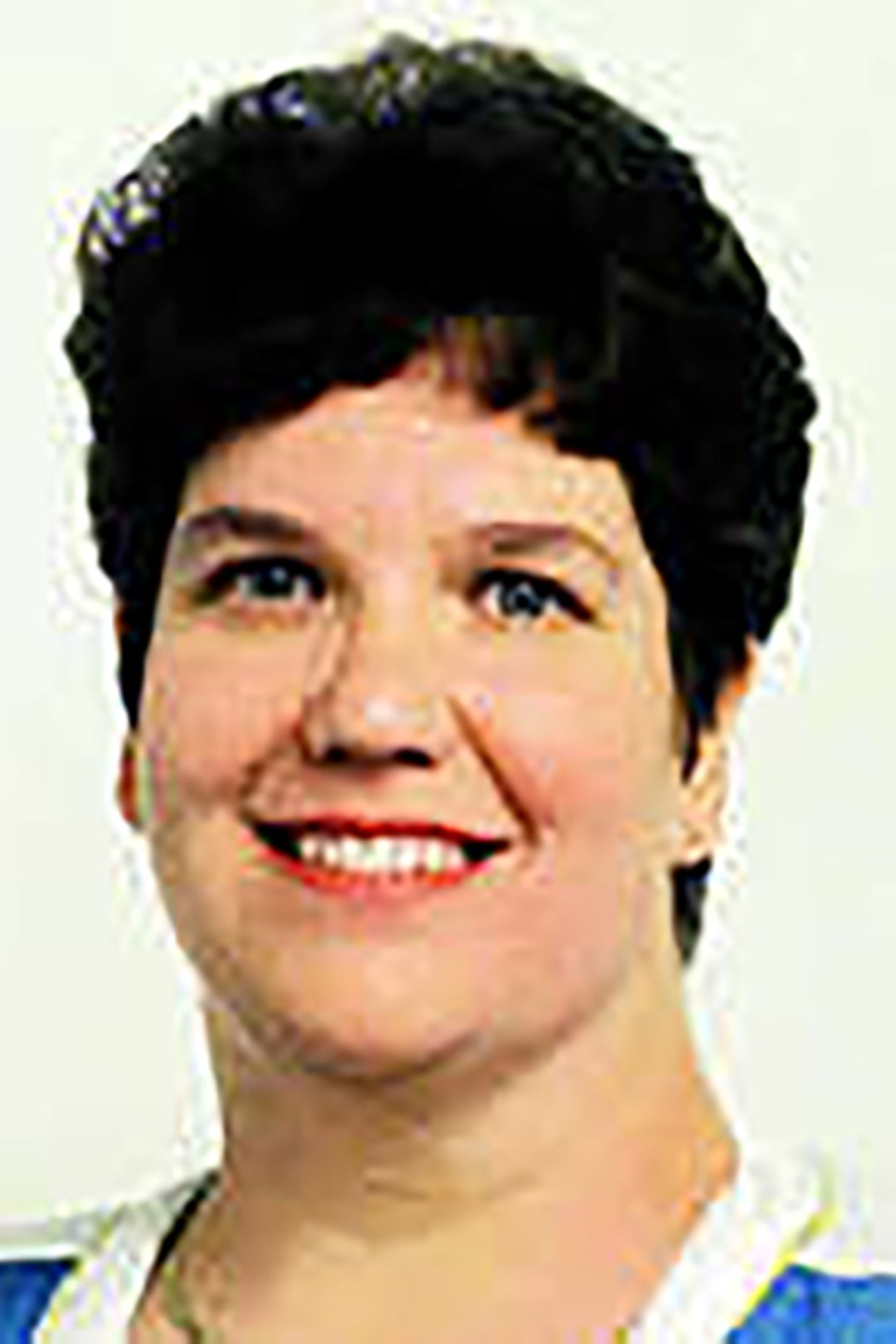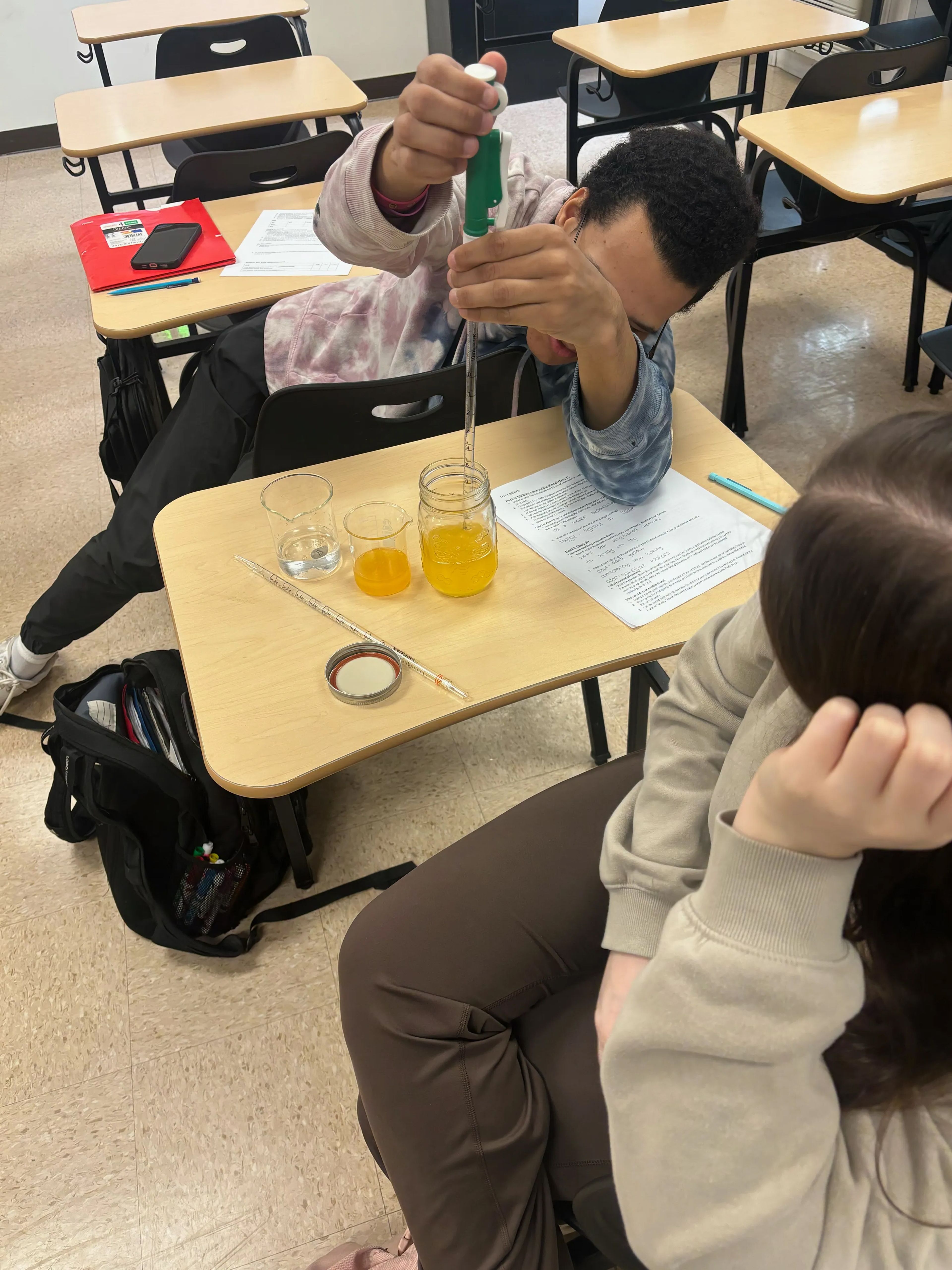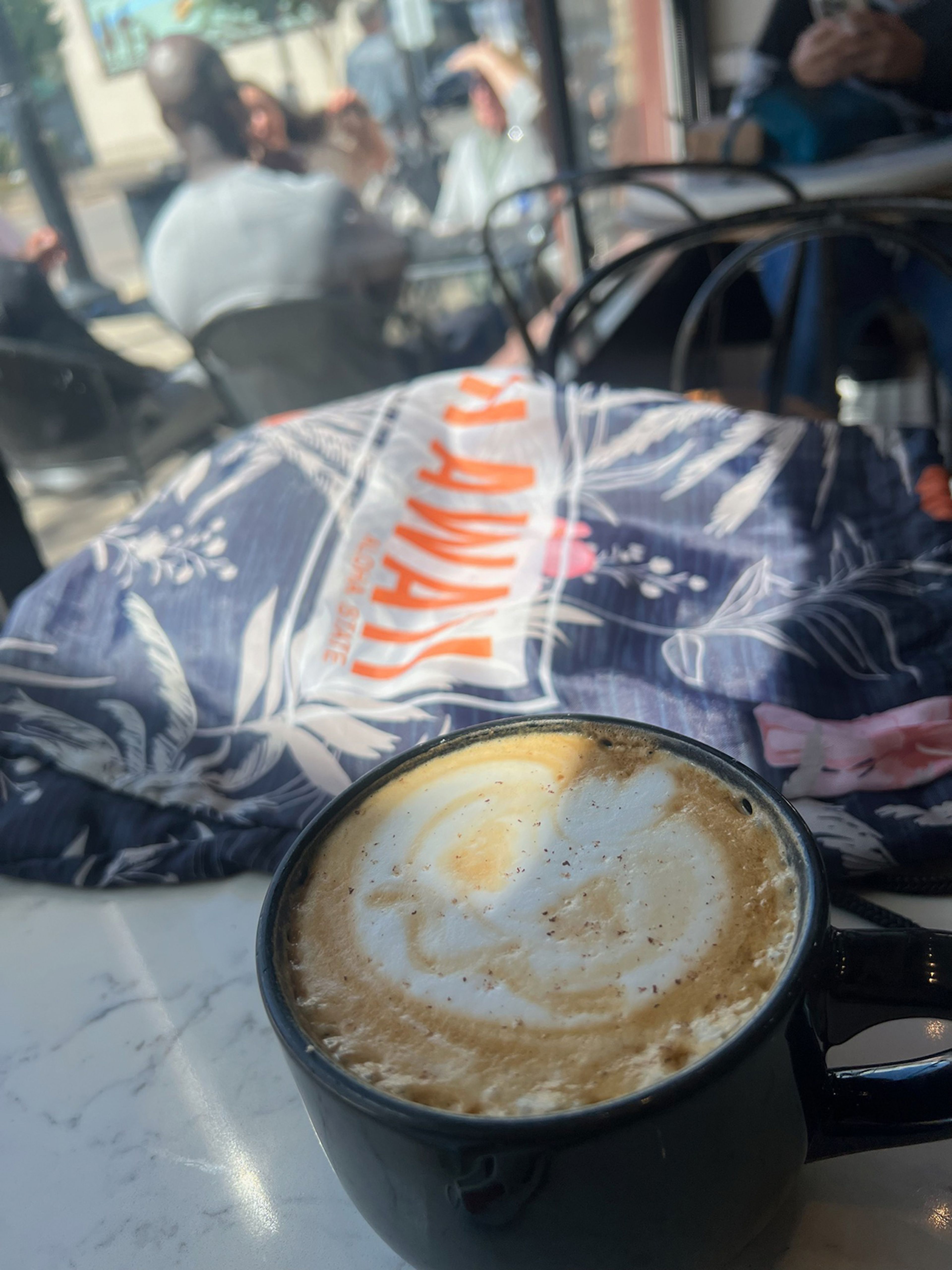You might think of the Kit Kat bar as a simple chocolate treat to give out on Halloween. But in Japan it's far more than that. Considered a cultural touchstone there, more than 400 distinct flavors like melon, purple sweet potato, and matcha green tea are available.
The man behind this proliferation of flavors is Yasumasa Takagi, and if you think this accomplishment means he's not a serious chef, think again. Takagi is also responsible for devising, under the auspices of Valrhona, the premiere French chocolate manufacturer, what has been dubbed the secret cream of professional pastry chefs: namelaka.
You may not have heard of namelaka. Though professional pastry chefs employ it often, it's not yet common in home kitchens. In fact, you're not even likely to find it mentioned in baking reference books such as the Oxford Companion to Sugar and Sweets. But it's a worthy addition to the list of some dozen or so forms of pastry cream.
By pastry cream I mean here not crème pâtissière or pastrycook's cream, the standard filling of eclairs, cream puffs, or Boston cream pie, introduced in 1691 by Francois Massialot. Rather, I'm referring generically to any cream used for filling or frosting pastries. It can be as basic as whipped cream or relatively more complicated like mousseline cream (crème pâtissière fortified with butter) or diplomat cream (crème pâtissière with added whipped cream and some gelatin), or chiboust cream (crème pâtissière combined with meringue, used in the St. Honore cake for which it was invented).
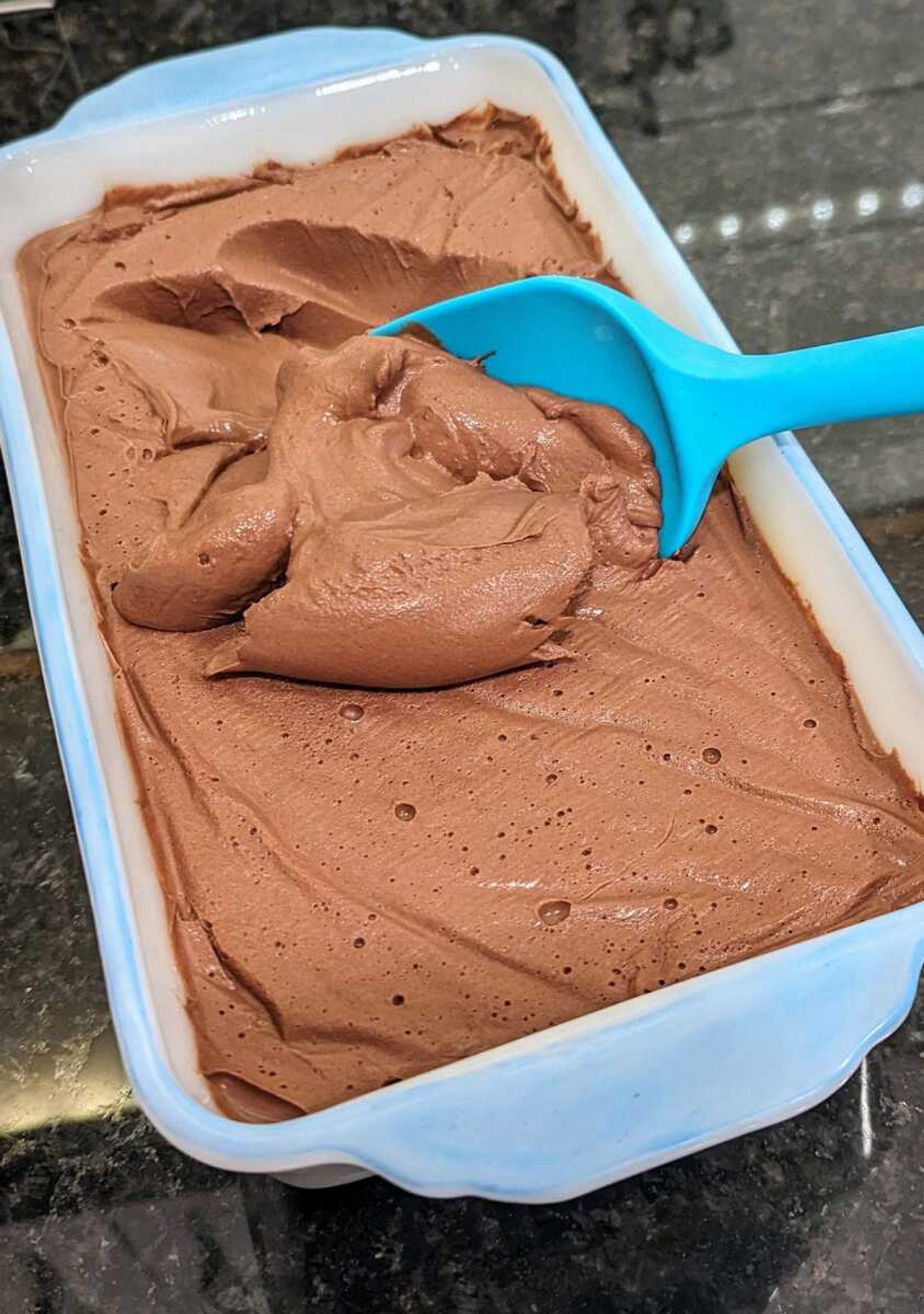
Namelaka is unlike any of these. A chocolate cream, it contains neither eggs nor gluten, is not as finicky to make as crème pâtissière, and is extremely versatile. Essentially a cross between mousse, crème pâtissière, and ganache, its texture is luxuriously smooth and silky. Indeed, the Japanese term namelaka means ultra creamy.
There's hardly anything you can't do with namelaka: use it as a cake filling, spread it on tarts, pipe it into eclairs, layer it between crepes, drizzle it on waffles, sandwich it between macarons, top a cheesecake with it, or just eat it with a spoon in the form of a parfait.
Even so, it couldn't be easier to make. Though it requires several hours to chill, you can put it together in minutes. There are only four ingredients: chocolate (dark, milk, or white) chief among them. It's obviously time for this secret to remain a secret no more.
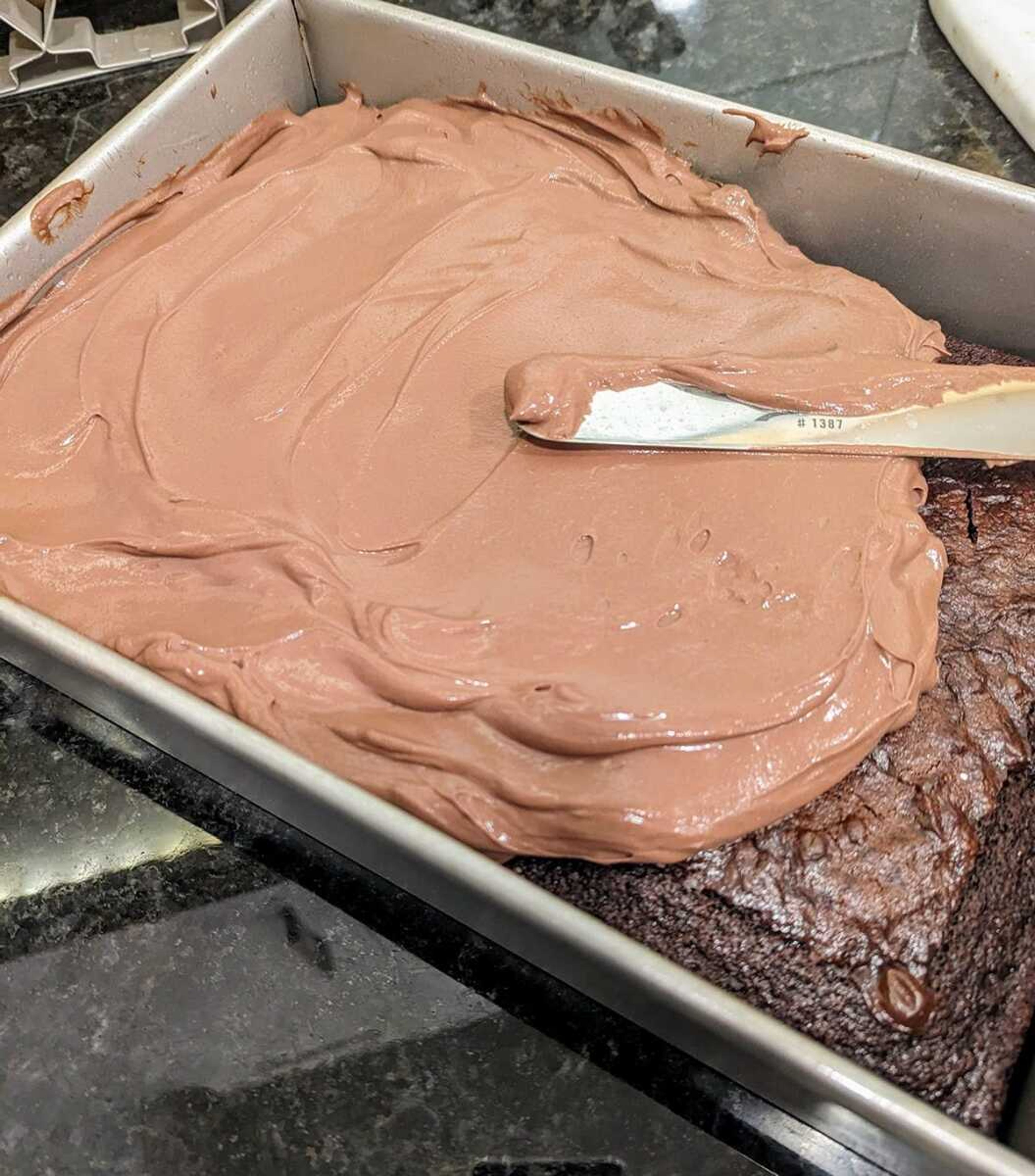
Chocolate Sheet Cake with Chocolate Namelaka Frosting
Sheet cakes are having a moment right now. No longer merely the province of children's birthday parties and available primarily at the grocery store, top pastry chefs have co-opted them, even for wedding cakes, because of their potential for large designs. This version admits to such treatment, but its real attraction is simply how good it tastes. The cake, adapted from a recipe at America's Test Kitchen with namelaka from www.Epicurious.com, is pretty good looking even without decorations.
- 1 envelope unflavored gelatin powder
- 2 cups milk, divided
- 3/4 teaspoon salt, divided
- 17 ounces chopped bittersweet chocolate with at least 60% cocoa, divided
- 1-3/4 cups heavy cream, chilled
- 3/4 cup Dutch processed cocoa powder
- 2/3 cup vegetable oil
- 4 eggs
- 1 teaspoon vanilla
- 1-1/2 cups sugar
- 1-1/4cups flour
- 1/2 teaspoon baking soda
For namelaka combine gelatin powder with two tablespoons cold water and let stand 10 minutes. Mix one cup milk and 1/4 teaspoon salt and heat over medium heat until steaming and just about to boil. Remove from heat, whisk in gelatin mixture and strain over 9 ounces of the chocolate, stirring until melted. Whisk in heavy cream, pour into a bowl, cover directly with plastic wrap, and chill overnight Meanwhile combine remaining one cup milk, remaining 8 ounces bittersweet chocolate, and cocoa and cook over low heat, stirring frequently, until chocolate is melted and mixture is smooth. Let cool. Whisk in oil, eggs, and vanilla. Whisk together sugar, flour, baking soda, and remaining 1/2 teaspoon salt and mix in until combined. Scrape batter into 13x9-inch greased pan and bake at 350 degrees for 30-35 minutes until cake is firm in center and tests done. Cool completely. Frost cake with namelaka and chill until served.
